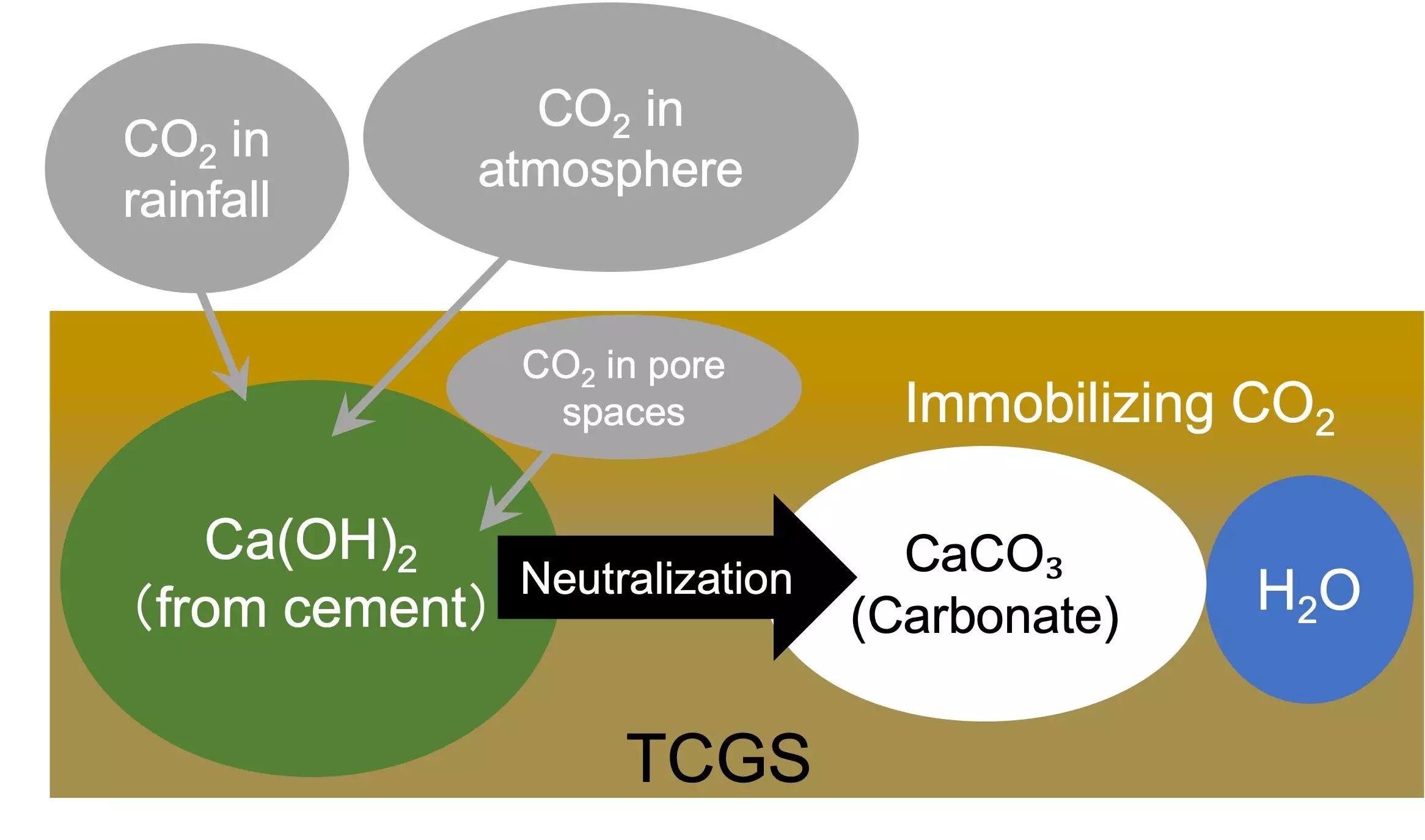The construction industry has long been known for its high consumption of resources and the generation of large amounts of waste. These waste products, such as construction-generated sludge (CGS) and construction-generated surplus soil (CGSS), have posed challenges in terms of proper management and recycling. However, a recent study led by Professor Shinya Inazumi from the College of Engineering at Shibaura Institute of Technology in Japan has proposed a novel and cost-effective solution called “aeration curing” to tackle this issue. This article analyzes this groundbreaking study and its implications for sustainable waste management practices in the construction industry.
Construction-generated sludge (CGS) and construction-generated surplus soil (CGSS) are byproducts of construction activities. While they can be used for various applications, their highly alkaline nature poses risks of soil and water contamination, which can have adverse effects on plant and animal life. Additionally, the large volume of CGS and CGSS generated leads to improper disposal, further exacerbating the challenge of waste management in the construction industry.
The study conducted by Professor Inazumi and his team introduces the concept of “aeration curing” as a sustainable construction practice for CGS management and carbon sequestration. Aeration curing involves the conversion of carbon dioxide to carbonate by reacting it with alkaline calcium hydroxide in the CGS. This process neutralizes the alkalinity of the materials and reduces the need for additional neutralizers typically used in conventional treatment methods.
The researchers conducted a series of experiments to evaluate the effectiveness of aeration curing under different conditions. They discovered that higher agitation speeds, curing in a drying oven, and larger aerated surface areas resulted in a more pronounced reduction in pH (a measure of alkalinity). Furthermore, the aeration curing process required less neutralizer compared to traditional management practices. These findings highlight the potential of aeration curing as a sustainable solution for CGS management and carbon sequestration.
The implications of this study reach beyond the construction industry. The ability of aeration curing to neutralize soil has significant applications in land reclamation and remediation. By preparing acidic or contaminated land for construction or agricultural use, this method can contribute to overall soil health and boost soil yields. Moreover, aeration curing can be incorporated into academic curricula and research projects focusing on environmental science and engineering, promoting sustainable waste management practices.
Aligning with the sustainable development goals (SDGs), aeration curing serves as a practical tool for policymakers to promote sustainable waste management and carbon sequestration practices. It has the potential to influence regulations and guidelines related to construction and environmental protection. However, further refinement of theoretical models is necessary to accurately reflect real-world neutralization reactions.
Aeration curing, with its dual purpose of soil neutralization and carbon sequestration, marks a crucial advancement in sustainable and environmentally responsible construction practices. By utilizing this innovative technique, the construction industry can effectively manage waste, reduce its carbon footprint, and contribute to a greener and more sustainable future. As research and development in this field continue, we can expect a further revolution in construction waste management and increased adoption of aeration curing as a standard practice.


Leave a Reply